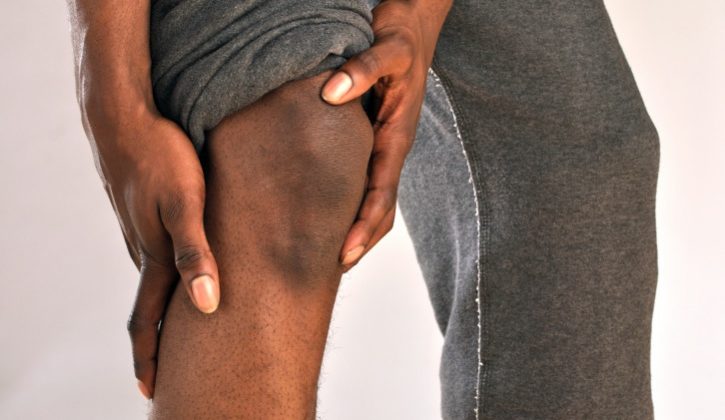
It’s normal to have aches and pains every now and then, especially if you’re physically active. If you’re having swelling in your knees, though, it might be a sign of a more serious condition that needs to be addressed.
Undifferentiated spondyloarthritis is a condition that can go undiagnosed because its symptoms usually don’t appear to match any one illness.
The Basics Of Undifferentiated Spondyloarthritis
Though there are different types of spondylitis, each one tends to have a few symptoms in common. The exception to this is undifferentiated spondyloarthritis. Persons with this illness usually have symptoms that seem unrelated to each other as well as any kind of spondylitis.
That’s what can make a diagnosis difficult. Depending on the symptoms that are being experienced, persons may actually be told that they another illness such as fibromyalgia.
Typical Symptoms You Need To Know
The symptoms of undifferentiated spondyloarthritis can vary from one person to the other and research shows that women may have slightly different symptoms than men. These are the symptoms you need to look out for.
- Arthritis in the large joints of the hands or arms
- A bumpy red rash that may be accompanied by a fever and joint pain
- Regular episodes of diarrhea
- Lower back pain
- Buttock pain on one or both sides
- Intestinal inflammation
- Inflammation and swelling where a tendon or ligament attaches to the bone
- Chronic fatigue
- Heel pain
- Pain in the small and large joints of the feet
- Inflammation and swelling in the eye
- Pain and swelling and/or arthritis in the fingers or toes
In some cases, persons with these symptoms go on to develop others that are in line with another form of spondylitis and so they get diagnosed with that illness.
How To Get A Diagnosis
The first step to getting your diagnosis is seeing the right doctor. Since some doctors have not yet fully accepted undifferentiated spondyloarthritis as an illness, it’s important to find the right rheumatologist.
To get diagnosed, your doctor will start with a thorough physical examination. That examination will include getting a detailed medical history as well as assessing your spine.
You may also have blood tests done to determine the presence of specific antibodies or immunes system markers. Another possibility is that your doctor will order imaging tests such as an X-ray or MRI.
X-rays are helpful for locating joint erosion in the affected areas. MRIs, on the other hand, can be used to detect abnormalities in soft tissues, joints, or tendons.
The Treatment Options For The Disease
Once you’ve secured a diagnosis, your doctor will prescribe a medical regimen that usually includes medication, exercise, and physical therapy. Where the medication is concerned, you could get nonsteroidal anti-inflammatory drugs (NSAIDs) to deal with pain and inflammation.
Biologic drugs are a fairly new development that physicians have started to prescribe for several illnesses, including different types of spondylitis.
While these drugs have not been officially approved for undifferentiated spondyloarthritis, it has been shown to decrease inflammation. Another class of drugs that are common is corticosteroids. However, they’re only used for short-term treatment because of their potential side effects.
Surgery is considered to be the last resort for persons with this illness. Prior to taking that route, your doctor will explore the exercise routines that work well for your level of pain. Typically, this includes stretches but physical therapy may also come into play.
If you’ve been experiencing painful joints for some time now, it’s recommended that you check in with your doctor. As with many illnesses, an early diagnosis is a key to managing the symptoms and progression of undifferentiated spondyloarthritis.








